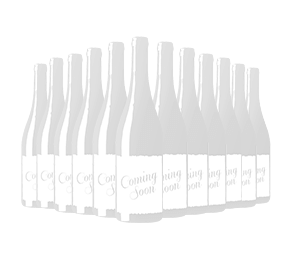Chat with Vinny
Barolo, often called the ‘King of Wines’, is one of Italy’s most prestigious and sought-after red wines. It hails from the Barolo appellation in Piedmont, northeastern Italy, and is reknowned for quality. This full-flavoured red wine has a rich history and a terrific reputation, which makes it a significant player in the world of Italian wines.
Barolo is made solely from Nebbiolo, a grape variety that, despite its thin skins, is known for strong tannins, high acidity and profound floral aromas. A standout feature of Barolo is its impressive ageing potential. Even after a mandatory ageing period at the winery (at least 38 months, of which 18 must be in barrel, while for Riservas it’s at least three in oak, two in bottle), top Barolos can continue to evolve for several more decades in the bottle.
Barolo is not only one of the finest wines of Italy, but also one of the most celebrated in the world, with Barolo fans splashing out big bucks for wines from the most revered winemakers and vineyards.
There are 11 communes – subregions – within Barolo, five of which are particularly renowned and highly regarded. Given time, the wines open out to reveal an amazing array of delicate, intriguing flavours, which make Barolo red wine definitely worth trying. The wines are a wonderful reflection of Italy’s modo di vivere, where – when it comes to food and wine – great patience and a slow pace of life is amply rewarded.
What does Barolo taste like?
Like all wines, the style of Barolo can vary, with traditionalists producing intense, delicately nuanced red wines, with high acidity and tannins that take time to soften. They are not heavyweights, but are full of an amazing array of flavours, that some compare to Burgundy. Modernists vinify more gently, making the wines a little bit more fruit-forward and less tannic, but all will benefit from a little ‘breathing time’.
When young, Barolo wine has intense notes of cherry, plum and the subtle elegance of rose petals. The wine has many layers to discover – also look for hints of tobacco, white pepper, anise and an intriguing tar-like nuance.
As it ages, Barolo mellows but never loses its vibrancy. The fruitiness takes a step back and allows the subtle aroma of dried herbs, leather, liquorice and forest floor to step forward. The once-robust tannins mellow and become velvety.
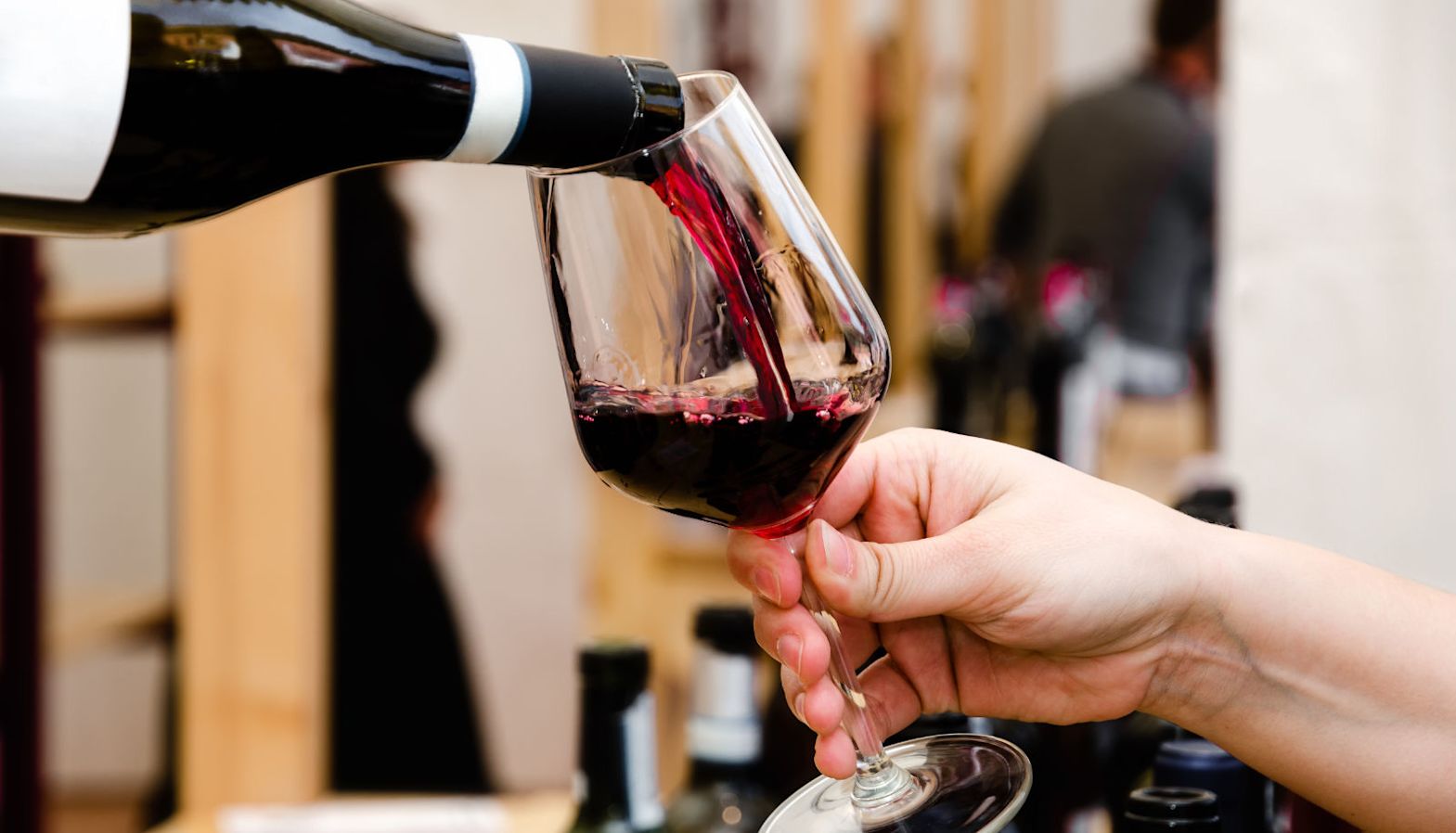
Where is Barolo wine made?
Barolo wine originates from the region of the same name in the Langhe district of Piedmont in northeastern Italy. The area is known for its rolling hills, castles and vineyards. The most prized communes (subregions) in the Barolo municipality are:
Barolo
La Morra
Castiglione Falletto
Serralunga d’Alba
Monforte d’Alba
Piedmont’s continental climate is crucial for developing the native Nebbiolo grapes’ complex flavours, aromas and style. A significant drop between day and night-time temperatures helps to slow the ripening, deepen flavours, whilst still retaining great freshness and intense aromas in the grapes. The region boasts two main types of soil – sandy marl that makes a more delicate style, and sandstone clay that produces a more muscular, powerful type of wine. They play an important role in defining the style of these great Nebbiolo wines, which are some of the most distinctive and revered red wines in the world.
The secrets of Barolo winemaking
Nebbiolo – the star grape of Barolo
Only the Nebbiolo grape is permitted in Barolo. Grown in Piedmont since the 14th century, its name is derived from ‘nebbia’ – the Italian word for fog, which often envelops the vineyards during the harvest season. The Nebbiolo grape is known for its distinctive qualities: high tannins with pronounced acidity – perfect for wines that need long ageing. Nebbiolo wines tend to have complex aromas of cherries, red berries, roses and truffles, often layered with hints of tar and tobacco leaf.
Long maceration and ageing
The production of Barolo follows traditional methods that maximise the potential of the Nebbiolo grapes. This variety buds early and ripens late – it’s usually mid-October before they are ready. The grapes are then crushed, and the juice is left on its skins to ferment for up to a month – significantly longer than many other red wines. This prolonged maceration produces the intense flavours and high tannins that Barolo is famous for. Following fermentation, the wine is aged for a minimum of 38 months, 18 of which must be in oak or chestnut barrels. Riserva Barolo requires a more extensive ageing process of at least 62 months. This lengthy ageing process allows the wine’s tannins to mellow and its complex flavours to develop.
Rules and regulations
Barolo wines were first designated DOC (Denominazione di Origine Controllata) in 1966 and upgraded in 1980 to DOCG (Denominazione di Origine Controllata e Garantita), Italy’s highest designation of quality for wines. The rules stipulate that Barolo wines must be composed entirely of Nebbiolo grapes grown in the specified areas within the Piedmont region, with all the vineyards planted on hillsides, none on the flat. The ageing process must last for the minimum period prescribed by the DOCG. These stringent rules ensure that every bottle of Barolo upholds the wine’s high-quality reputation and distinctive character.
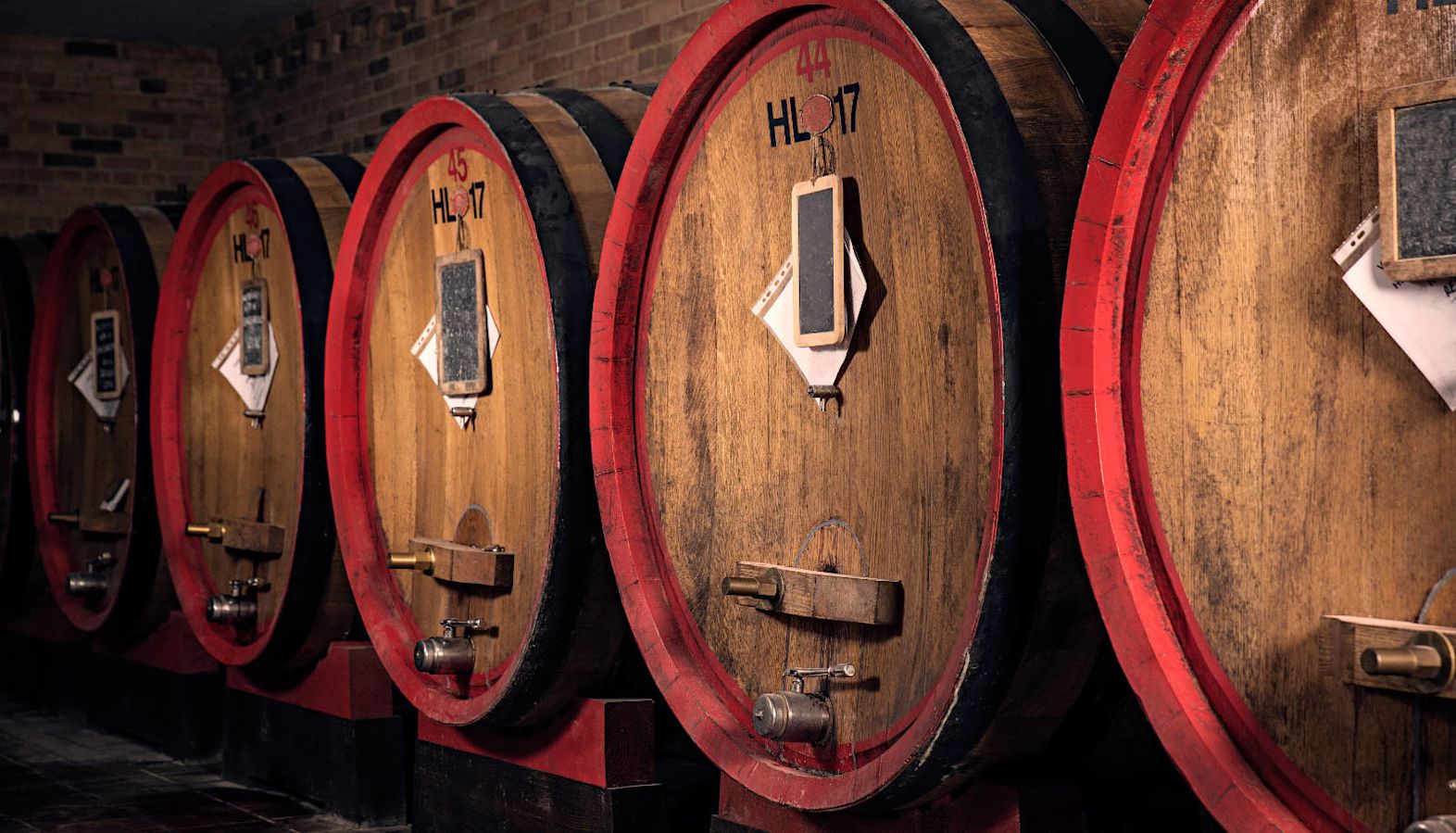
The history of Barolo
The wine traces its roots back to the 19th century, although it differed considerably from the intense, powerful (though not necessarily weighty) red we associate with Barolo today. The real change in Barolo production began with a French oenologist, Louis Oudart, who was hired by the Marchesa Juliette Colbert Falletti – the last Marchioness of Barolo. Until then, Piedmontese wines were sweet and lightly fizzy, with a tendency to oxidise quickly. Oudart introduced techniques that created a dry, complex red wine with the capacity to age magnificently, the style we now recognise as Barolo. Large oak casks (known as botte) were used for ageing, and the wine matured for at least three years before bottling. Barolo’s reputation as a long-maturing, robust wine was established during this time. By the mid-19th century, Barolo was served at international diplomatic tables, and since then, it’s been known as the “King of Wines and the Wine of Kings.”
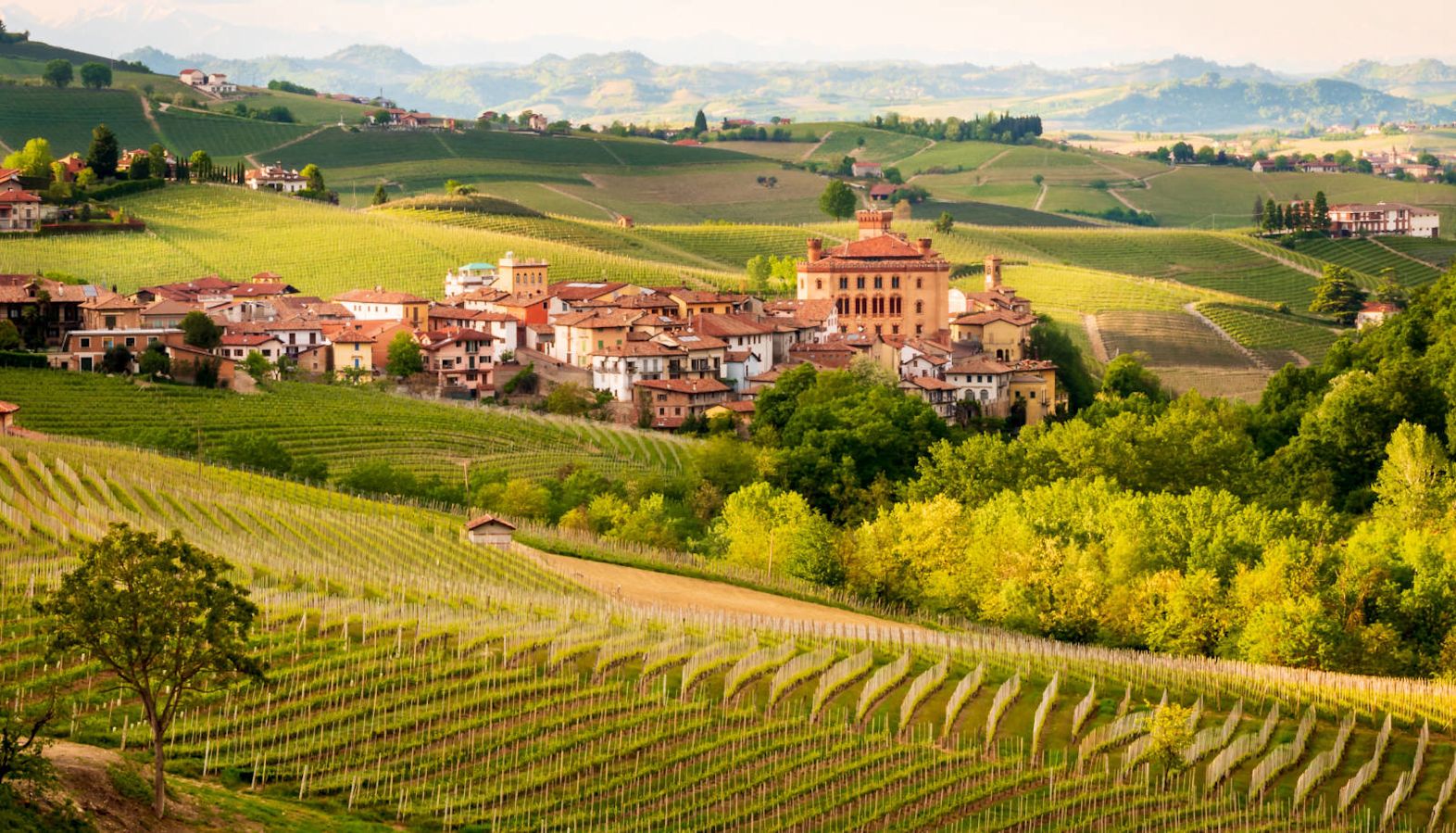
Barolo Wars – modern versus traditional winemaking
The ‘Barolo Wars’ describes the clash between Piedmont winemakers in the late 20th century over how Barolo wine should be made. Traditionalists wanted to maintain the time-honoured methods of winemaking, which involves long maceration periods and extensive ageing in large, neutral oak barrels. This approach makes highly tannic wines that take many years to soften. However, a new winemaking philosophy emerged in the 1970s and 1980s, driven by pioneers such as Angelo Gaja and Renato Ratti. They introduced shorter maceration periods and used small, new oak barrels for ageing. This led to a modern, more fruit-forward style of Barolo with a broader appeal at a younger age. The resulting ‘war’ led to intense debates about Barolo’s true identity. Modern styles were initially successful on the international market, but many experts felt that the production changes compromised the unique character of the wine. Today, most winemakers take a middle-ground approach. The lines between traditional and modern are blurred, with the best contemporary Barolos often made with a blend of new and old techniques. The objective is to preserve the distinctiveness of Nebbiolo while also creating a more accessible and expressive wine that can age gracefully.
Pairing Barolo with food
Barolo’s vibrant acidity, high tannins and intricate flavours make it the perfect companion for similarly complex and full-flavoured foods. A classic pairing is with rich red meats, such as beef or lamb. The high tannin and acidity content of Barolo can offset the fattiness of these meats, while the wine’s complex, full flavours are perfectly complemented by strong flavours of the meat. Similarly, game such as venison or wild boar are excellent choices, especially when prepared with a robust sauce or marinade. Hard, aged cheeses – think Parmigiano-Reggiano or a savoury Pecorino – hold their ground perfectly against Barolo’s strong profile. A hearty ragú with pasta will also pair with Barolo’s high acidity and richness as the wine brings balance to the dish. A Piedmont speciality is truffles, particularly white truffles, which makes a great match with Barolo. The earthy intensity of truffles compliments Barolo’s inherent complexity and depth.
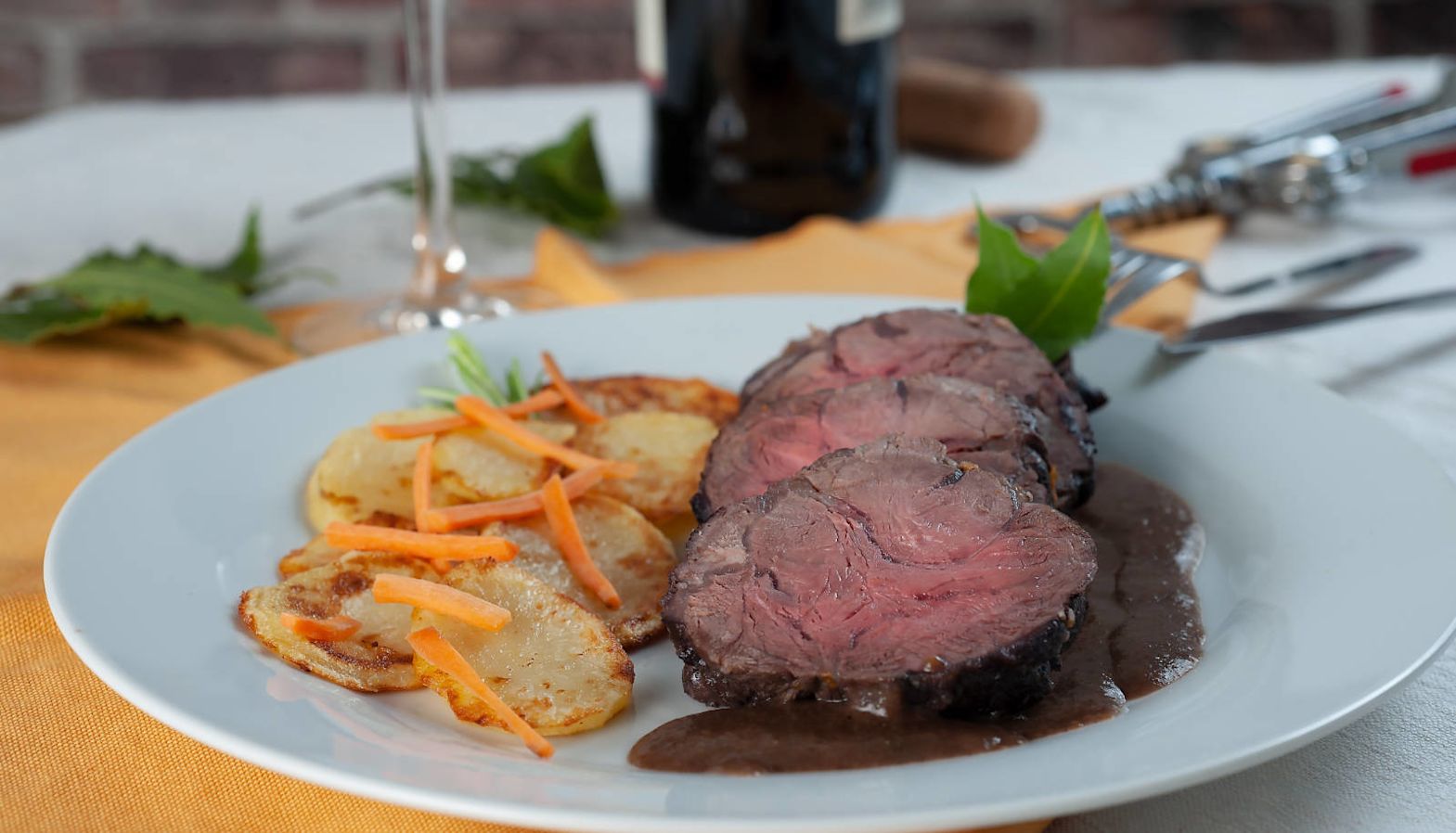
Serving Barolo wine
Cracking open a bottle of Barolo? Make sure you do it justice. Start by opening it early and preferably decanting it at least two hours beforehand, preferably as many as six hours, to let the wine’s amazing array of flavours open out and the tannins soften. Younger wines will benefit from the longest breathing time. Serving temperature is also key – we say room temperature, but of course that depends on your room. Say around 17°C. A large, Bordeaux-style glass works best when serving Barolo, so you can gently swirl the wine around in the glass and allow those delicious aromas to lift and greet you!
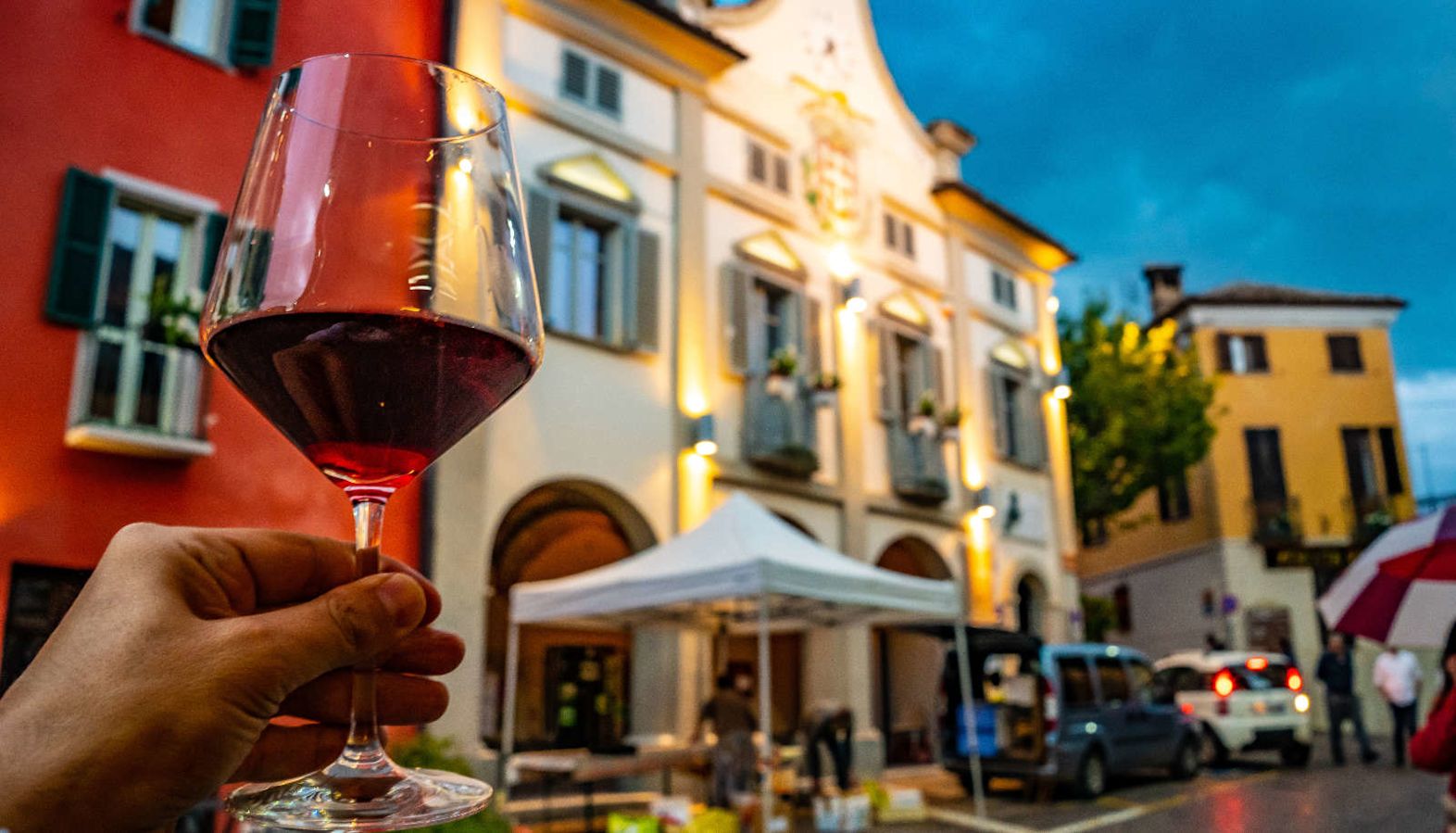
About the author
Steve Rumble
When Steve first started writing for Laithwaites, dry rosé wasn’t a thing in the UK, the only Malbec we stocked was French and hardly any Brits could pronounce Rioja. Things have changed but Steve still loves telling the great stories behind our wines. He holds the WSET Level 4 Diploma and loves a good Provence pink or an oaky Chardonnay. Steve has sports writing experience and is our go-to writer for all things Laithwaites and England Cricket.
